
Let me start off by saying; I stand corrected…well, not really. You may recall last time when I said I was open to changing my views on the Key Issues question if additional research demonstrated I was off the mark. Turns out I wasn’t delusional after all, just that my timing was off a bit.
First, let me clarify a couple of things. My original focus and concern has always been less about the existence of Key Issues but rather about our OBSESSION with them. It’s always been obvious every “#1” or any new character introduction can in some fashion legitimately qualify as an important book in a run. The early Overstreet Price Guides had a section labeled “Scarcity of Comic Books” that closes with these words: “In almost every case, the first issues are the most sought after, with origin issues running second, and issues with special artists third. This ‘higher demand’ produces a scarcity on these particular books, forcing the price up. Unless collecting habits change dramatically in the near future, this trend should continue.” This gets to my primary contention, which exposes our present-day OBSESSION with Key Issues. Tangentially, this obsession also includes first appearances. So my observations target this OBSESSION aspect that besets us today, which focuses so heavily on Key Issues to the diminution of the rest of the run, which, let’s not forget, is how comics’ values have always been listed in the price guide. It’s about the run…not just the Key Issues.

I originally suggested manipulated Key Issue prices started occurring in the mid-eighties; you can refer to my earlier essay here for the specifics. Now additional research shows the increasing price-values for Key Issues actually started earlier than I originally thought. Nonetheless, my original overarching premise still stands; Key Issues in the way we interpret the term today, and embellish their prices, is a “relatively recent” phenomenon.
As to my original question of who or what started the inflated pricing for the ever-expanding number of Key Issues, we need look no further than the Overstreet Price Guide. A book that, while initially not well-liked by the collecting community, used more for buying collections rather than selling them, started to endear itself within fandom by revealing how the value of a comic collection could be enhanced by having the “right books.” It comes back to the money since I can see no other explanation that takes into account all of the variables involved. It’s become evident that the Overstreet Price Guide itself, along with the Gerber Photo Guides and Wizard Magazine, contributed to this inflated pricing. The debate becomes: how much did Overstreet instigate the higher pricing (through its advisers intentionally looking to sell certain comics) rather than the guide merely reflecting the market (what collectors were actually choosing to buy). It becomes suspect to see the prices in the guide as dispassionate when the price is primarily established by advisers who have a vested interest in creating a demand for selling certain comics. In other words, is the comic in demand because the guide says it’s valuable? Or does the guide merely reflect the market’s pursuits? This has always seemed a suspicious process to me.
It’s worth noting that any increase in a comic’s value in the Overstreet Price Guide is based on the collective input of the advisors. In an interview posted on YouTube in July 2024, long-time advisor Mark Wilson explained they would meet for a weekend with Bob Overstreet to hash out what was selling and what impact this should have on the comic’s value. By Wilson’s admission, it was a very incomplete process. In the interview, Wilson points out that oftentimes what made a book hot was that a collector needed it to complete the run. As he points out, and as I have maintained, there were more run collectors in fandom’s early days. And this held true even into the early eighties. This should not be surprising given that comics by nature are produced monthly and numbered sequentially, producing runs of stories or titles. The other consideration Wilson points to is that up to the early eighties, there was no real financial reward for investing in comics, and as a result, people collected because they enjoyed their comic books. Could this be why suddenly so many Key Issues started appearing? To introduce this “financial reward” into the hobby? Perhaps, but it’s worth noting that even as early as 1976, the Overstreet Price Guide was using terms like “investing” and “speculating.” By the way, I could find no mention of the term “Key” until the rewritten section of the “Scarcity of Comic Books” in the 1980 edition. Here, for likely one of the first times, the term “Key books” is used in a new added paragraph referring to condition. Back to Wilson’s observations: Today, he says, it’s different. Today comics have become more of a financial market. The problem this creates, he says, is that people want to make a lot of money and make it fast. Thus, and these are my words, the manipulation of the market took hold.

So with all that said, let’s look at the data. I purchased 5 vintage Overstreet Price Guides: #6-1976, #7-1977, #8-1978, #9-1979, and #10-1980. Seeing the price-values in the guide eliminates the question of condition discrepancies accounting for any price variance as might be seen in dealer lists of the corresponding time period. As to which comics to include, obviously I’m excluding books identified as #1’s as these issues have always been priced highest. Instead the books I was most interested in tracking are those in the middle of runs that have been manipulated to stand-out from surrounding issues and thereby disrupting a run. While far from a comprehensive list it is representative of various eras. The sixteen comics are detailed on the table below. If there is a “dash” that means the book was priced in a run with no increase in price. Where an increase has started the price is compared to the comics in the closest previous run.

|
COMIC |
Date |
OV-1976 |
OV-1977 |
OV-1978 |
OV-1979 |
OV-1980 |
|
Batman 121 |
Feb. 59 |
– |
– |
– |
– |
– |
|
Amazing Spiderman 14 |
July 64 |
– |
– |
– |
– |
$30 / $36 |
|
Batman 171 |
May 65 |
– |
– |
– |
– |
– |
|
Batman 181 |
June 66 |
– |
– |
– |
– |
– |
|
Fantastic Four 48 |
Mar. 66 |
– |
– |
$6 / $12 |
$7.50 / $21 |
$9 / $24 |
|
Fantastic Four 49 |
Apr. 66 |
– |
– |
$6 / $7.50 |
$7.50 / $10.50 |
$9 / $12 |
|
Fantastic Four 52 |
July 66 |
– |
– |
– |
– |
– |
|
Amazing Spiderman 50 |
July 67 |
– |
– |
– |
– |
– |
|
Batman 227 |
Dec. 70 |
– |
– |
– |
– |
– |
|
Amazing Spiderman 121 |
Mar. 73 |
– |
45¢ / $3 |
$1.20 / $6 |
$1.80/$9 |
$1.80 / $15 |
|
Conan 23 |
Feb. 73 |
– |
– |
$4.50 / $6 |
– |
– |
|
Tomb of Dracula 10 |
July 73 |
– |
– |
$1.50 / $1.80 |
$1.80/$2.10 |
$3 / $3.75 |
|
Amazing Spiderman 129 |
Jan. 74 |
– |
– |
– |
– |
– |
|
Hulk 181 |
Oct. 74 |
– |
– |
75¢ / $1.20 |
– |
$1.20 / $3.75 |
|
Werewolf by Night 32 |
Aug 75 |
– |
– |
– |
– |
– |
|
Iron Fist 14 |
Aug. 77 |
– |
– |
80¢ / $3 |
As we can see the increase in price-values for Key Issues appears to start in earnest in the late seventies. But it’s far from a comprehensive snap-shot of what was actually happening. It’s worth noting that even up to 1980, with a dynamic title such as Amazing Spider-Man the first 60+ issues display price values based on age in sequence: the older the book the higher the price. In other words there are NO “out-of-line” Key Issues showing inflated pricing in those first 60+ issues. They were all priced, regardless of new characters, as the oldest being highest and prices declining with each issue, which included books grouped in short runs. One of the books; ASM 121 “The Death of Gwen Stacey” began showing a higher price within a run as early as 1977. Then by 1978 a few more and by 1980 almost half of our books are priced as Key Issues. It’s interesting to see that Amazing Spider-Man #50 showed no increase in Key Issue status even as late as 1980. There are numerous anomalies such as Overstreet’s own reference to “special artists.”
As early as 1976 Batman #219, a Neal Adams book is priced higher than #227. The randomness of this manipulation persisted for years until #227 finally took precedence. This held true for other issues that featured a change in artist. In fact virtually any price-value variation in the early days tended to be the result of changing artists. The other thing to note is that while the guide does acknowledge first appearances in the books above, for years that didn’t appear to have much if any impact the price-value. So what changed? Well, if nothing else this shift in prices and values reinforces Mark Wilson’s observation that the setting of these prices was, in his words, a very incomplete process. I would interject it was also a somewhat arbitrary and perhaps even self-serving process. After investigating these early Overstreet Price Guides, we can see a slow and steady bump in price coming to fruition by 1980. From there it quickly becomes an avalanche. Changing the start dates of this process by a few years takes little away from my original argument. We have become OBSESSED with Key Issues to the point where it is distorting the comic collecting hobby.
As I outlined in my previous essay, to suggest that “there have always been keys” is a gross over simplification of the hobby. While first issues or first appearances have always been considered the most desirable, it must be remembered that in the early days there were more run collectors and that meant that every issue was a key when you are hunting it down. Veteran collectors from fandom’s early days of the sixties and for much of the seventies rarely if ever collected Key Issues the way they’re purchased today. It seems like the hunt for Key Issues has taken hold merely because those are the issues thought of as having any value. And these days value seems to be everything.

With the “Pandora’s Box” of Key Issues now fully opened practically anyone with a YouTube channel can suggest a book’s “Key” status on the flimsiest of rational: a 3rd appearance, a new costume, a last issue, a variant cover, a new gadget, a first cover or cameo appearance. It’s worth focusing on the comment of that old school dealer who said to me: “today there are too many keys.” Essentially what we have today is ANY excuse to proclaim a Key Issue. Then if that wasn’t enough, based on a Fear-Of-Missing-Out, buyers like lemmings, respond with little if any thought other than the hope of making a score. It’s reminiscent of the Klondike Gold Rush, and we know how that ended. Too many people are labeling too many comics as Key Issues for the slightest of reasons. And nobody questions the process even though it distorts the hobby. Where does it end? Is it even a problem?
I contend it is a problem and that collectors are being crowded out of the hobby. I’m not referring to people loaded with money or people who have come into the hobby because they see an investment opportunity, there seems to be plenty of them, no I’m referring to the average person who just likes comics and wants to build a collection. This comment from YouTuber Uncanny Derek Comics caught my attention as it relates to this topic: “When you have the world’s leading comic book auction house and the world’s leading comic book grader incentivized to sell books at high grade, especially with newer 9.9 books being released and selling for more than their 9.8 counterparts, it seems clear that hobbyists are being priced out to help investors and the private equity firms shareholders.” Is the Comic Book Market Ruined? I think he makes a valid argument. At some point the artificially enhanced price of comic books is a bubble that will inevitably burst. And in the process it is chasing more people away from the hobby than it is drawing into it. The pool of so-called “collectors” may be getting bigger but no one is asking who’s actually in the pool. There are some who will insist; “this is what the hobby has become” …”it’s changed and you need to adapt to what it is today.” To which I would say, if we made the hobby this way, we can change it. But only if we want to.

That nagging question of who is a real comic collector keeps rearing its ugly head and nobody wants to talk about it. It’s a hot-button topic that stirs passions on all sides. Preventing any honest discussion of this topic is the fact we live in an era of comic collecting that frowns upon any observations that are perceived to be negative or judgmental; I find this facile attempt to make everything seem OK nothing short of willful ignorance. You know the drill; as long as I look the other way and say everything is OK we’ll be fine. Sort of like Cinderella checking her watch at 11:59pm and saying, “So far so good!”
It all comes back to one very simple, very basic and yet very fundamental question: If the market crashed and the value of all comics went away…WOULD YOU STILL COLLECT COMICS? If the values disappeared on those Key Issues would you still collect because you loved the art, the stories, the nostalgia, and even the smell and feel of a comic in your hands? Or would you move on to something else? I firmly contend these are questions worth asking and discussing for the long term health of the comic collecting hobby, because the obsession with Key Issues may very well be a kind of canary in the coal mine.
****

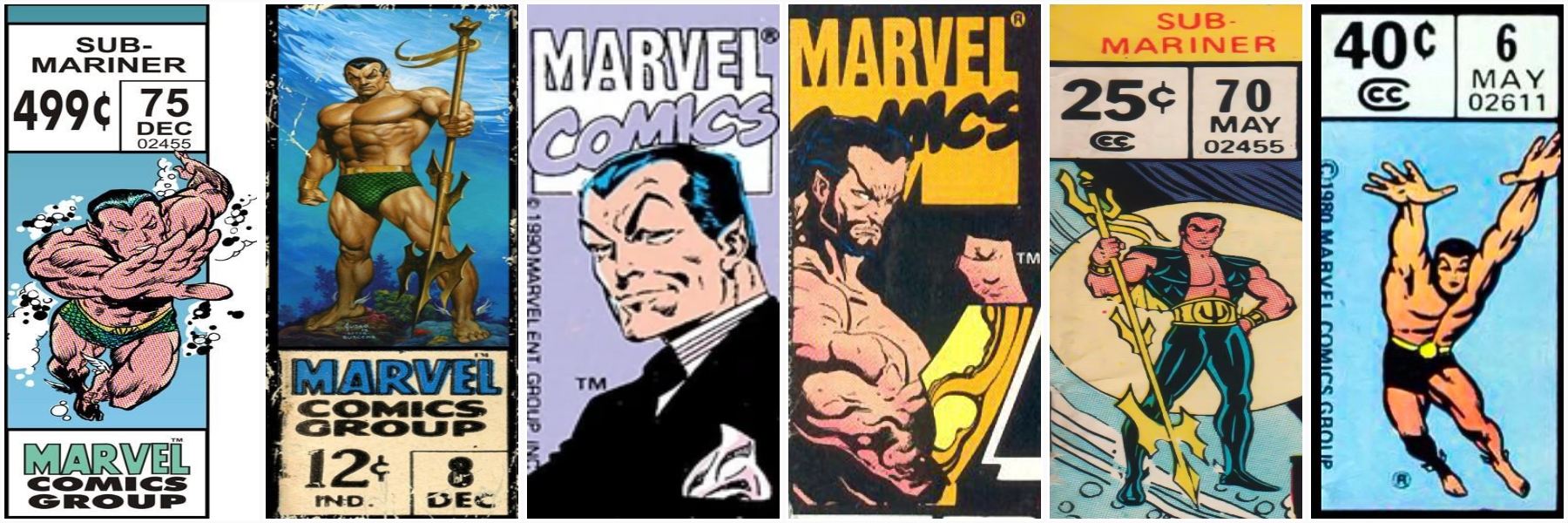


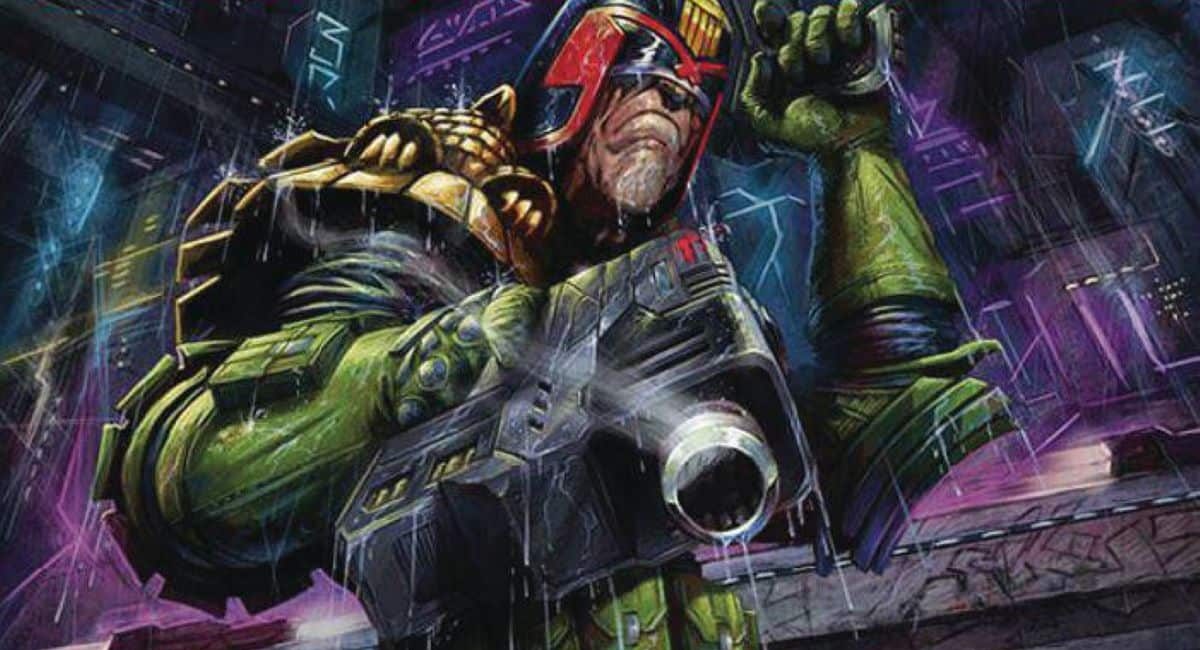
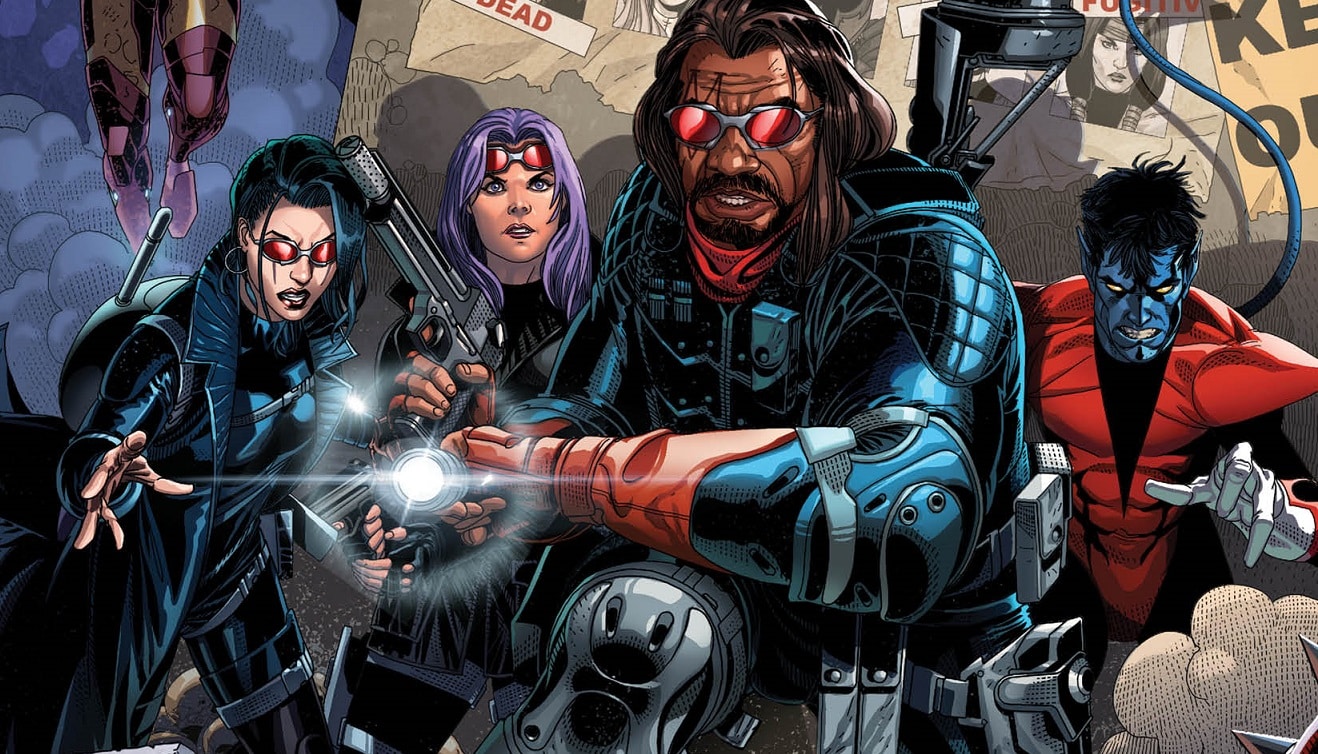




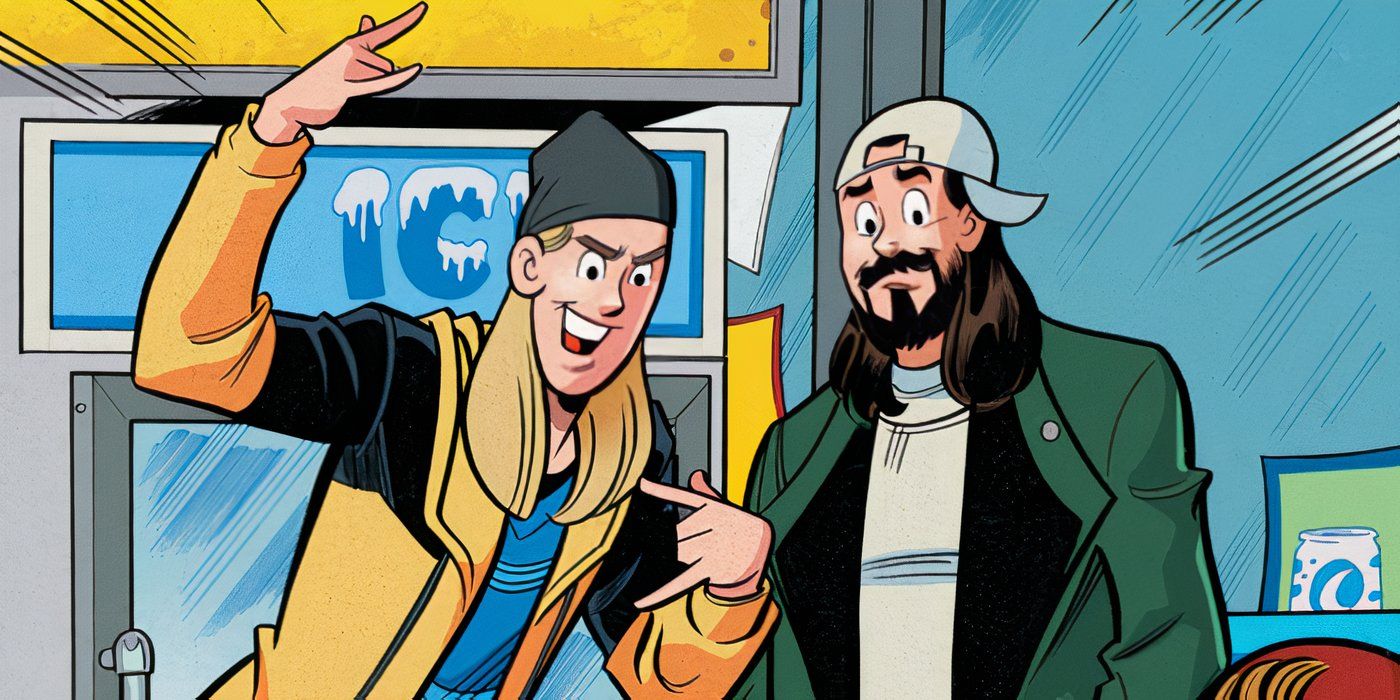

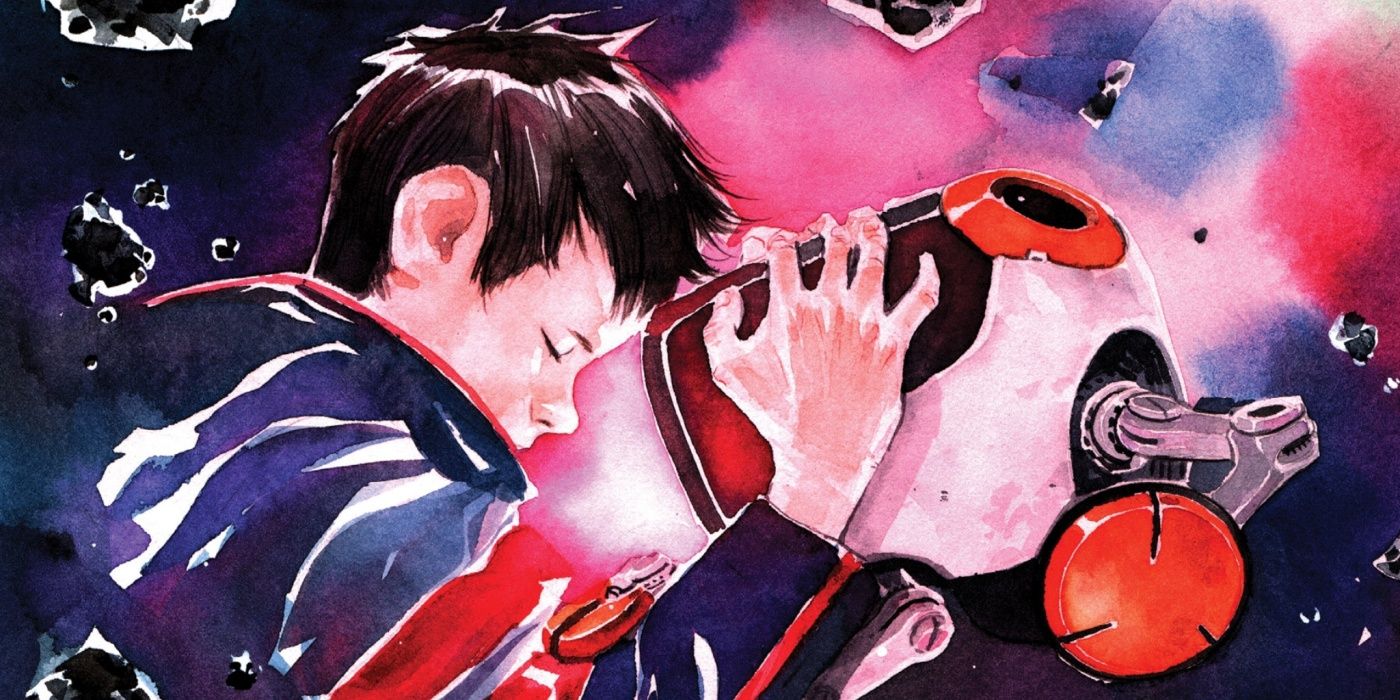


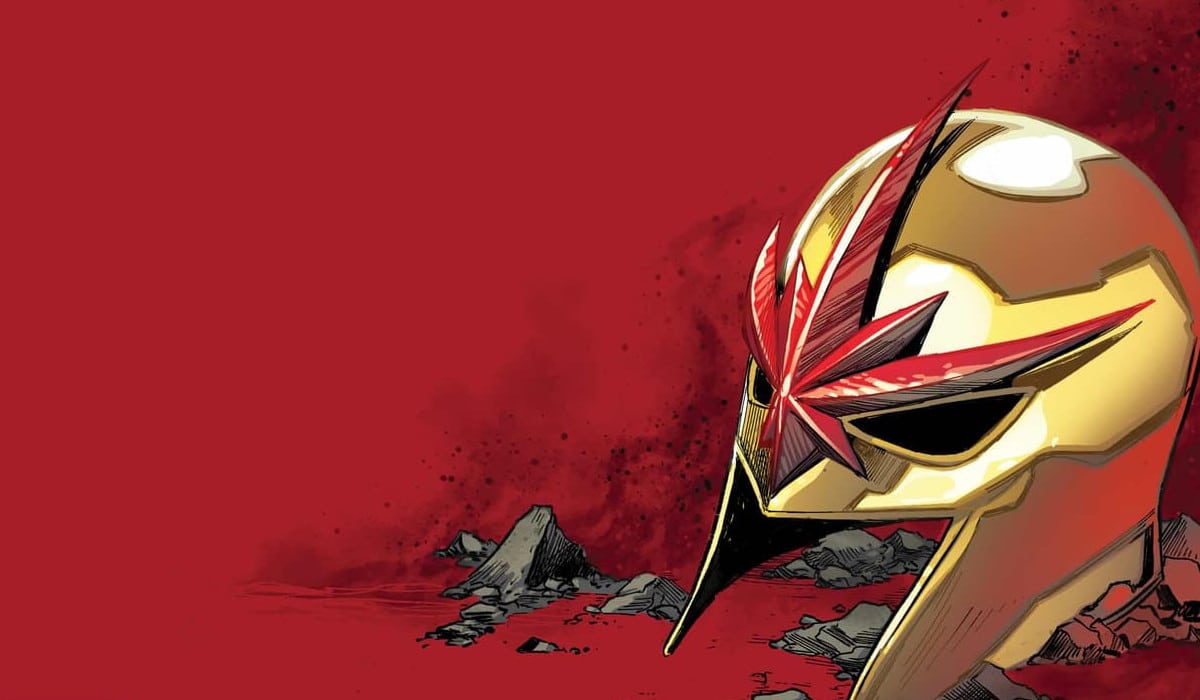

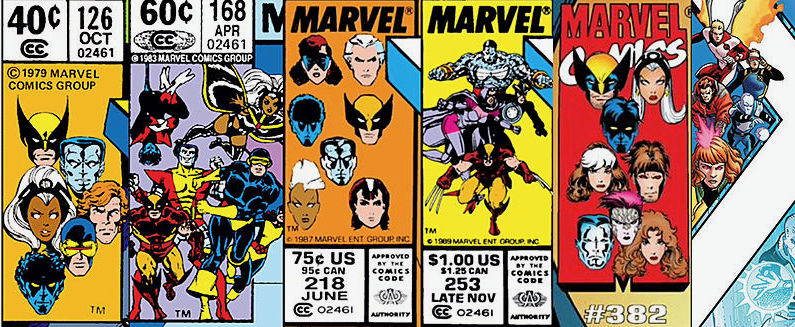

 English (US) ·
English (US) ·